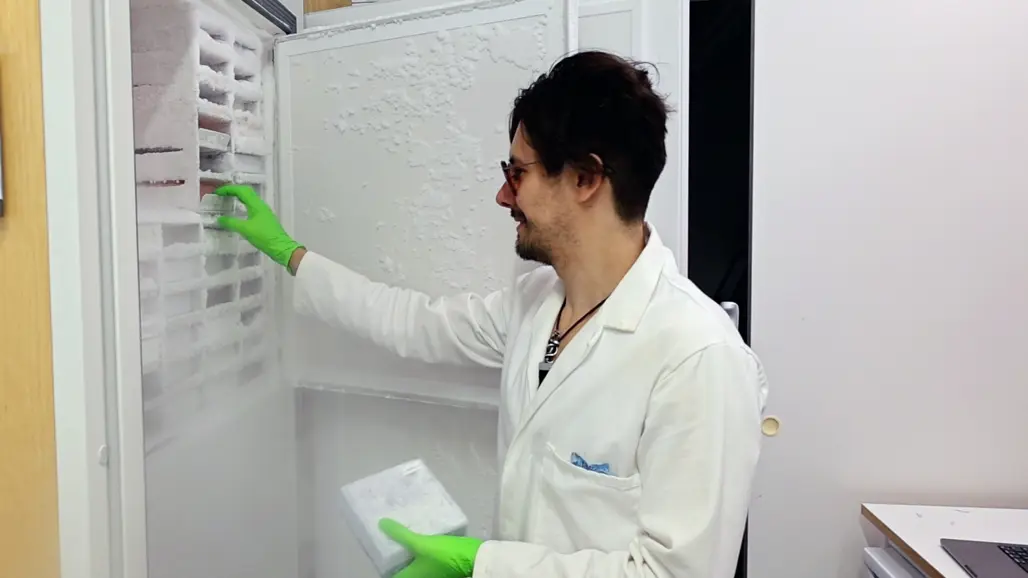
Sampling - an overview
A brief overview of how we handle the samples used in our environmental monitoring work.
Water Chemistry
We collect water chemistry samples, for example at river mouths, to calculate which substances are discharged into the sea. We also take samples from “unaffected” watercourses to serve as reference points for measurements in impacted waters.
For safety reasons, lake sampling requires two people. A lot of equipment is needed, as we collect several different types of samples at the same time. Many of the samples are taken from the middle of the lake. It is crucial that samples are collected and handled correctly so that no external factors influence the results.
Samples must arrive at our laboratories in Uppsala within 24 hours—either for analysis or preservation. Small differences in the samples need to be detected early, which is why we use instruments capable of measuring at low detection limits.
Biodiversity
The biological samples we collect in lakes include, for example, phytoplankton and zooplankton, as they can tell us how aquatic life is functioning—such as whether it is affected by eutrophication. Larger aquatic plants, such as common reed, can also indicate this.
In streams, we take samples of benthic diatoms, which show how the water is impacted by factors such as acidification, metals, and temperature. Plants growing along the shoreline are examined as they indicate the oxygen levels in that environment.
Samples are taken consistently at the same coordinates and often alongside water chemistry samples, so that the results can be evaluated together. A significant amount of equipment is required to collect the various sample types. Samples are preserved immediately at the time of sampling and later analysed at our laboratory in Uppsala, where we determine, among other things, which species are present and how many individuals of each species are found.
Organic Environmental Chemistry
We monitor how organic environmental pollutants affect the quality of surface water, groundwater, sediments, air, and precipitation. Using our samples, we develop source-tracking methods and preventive strategies—serving as early warning systems for detection and response.
When examining the extent to which agricultural pesticides reach the surrounding landscape, we focus primarily on four areas, each representing a distinct agricultural region.
Some of our surface water samples are collected using automated samplers housed in dedicated sampling stations. The samples are stored in refrigerators until they can be transported to our laboratory. We also collect sediment samples using a special sediment trap, where material accumulates in a container throughout the growing season.
Samples are analysed by matrix. On average, each sample is tested for 150 known substances. The results are published by matrix on our website.
Microbiology and Molecular Environmental Analysis
An important part of our work involves sampling wastewater. These samples allow us to monitor, for example, influenza virus levels and issue alerts if concentrations begin to rise.
Sampling takes place before treatment at wastewater treatment plants in 15 locations across Sweden, covering 43% of the population. Samples are collected over a 24-hour period from Monday morning to Tuesday. They are then sent to our SEEC laboratory (SEEC = Swedish Environmental Epidemiology Center). We wait to begin analysis until all samples have been received. The analyses are completed by the end of the same week, and the information is published the following Monday after final quality control.